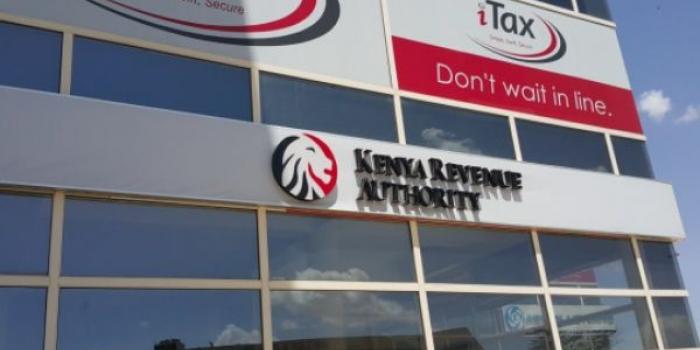Revenue collection challenges persist as State eyes new steps

The National Treasury tax mobilization drive has so far suffered successive setbacks after shortfalls in revenue collection widened by Sh5.2 billion by end of last November in the second quarter of the current financial year that commenced in July 2022.
By November 2022, the treasury missed the collection target by Sh19.1 billion, extending the struggles that started in the first quarter ending September when the shortfall stood at Sh13.9 billion.
This has now left the treasury with a total revenue of about Sh893.8 billion end of November against a target of Sh912.9 billion. The below target was due to a shortfall registered in ordinary revenue of Sh32.2 billion despite the surplus collection of Sh13.1 billion by ministries and departments.
On yearly basis, the collection is however an improvement of 10.6 per cent compared to a similar period in 2021. “Revenues increased by 10.6 per cent compared with a growth of 29.5 per cent in a similar period in 2021. All tax revenue categories recorded positive growths, an indication of continued recovery in revenue collection,” says Treasury Principal Secretary Chris Kiptoo (pictured). Kenya is banking on improved revenue collection to help fund the budget and service the burgeoning debt, most of which are maturing in the first quarter of this year. The National Treasury will even find dollar-denominated loan repayments more costly due to the country’s weakening shilling, meaning more revenues will go into factoring in the currency differences.
Kenya Revenue Authority (KRA) is therefore expected to go hard on households, businesses, and companies in pursuing taxes to finance President William Ruto’s administration’s first 2023/34 national budget.
The government hopes to grow tax revenues to 17.8 per cent of the Gross Domestic Product (GDP) by the next financial year (FY 2023/24) up from the current 17.3 per cent of GDP. This will be improved further to 18 per cent of the GDP over the medium term. Kenya’s nominal GDP was Sh12.1 trillion as of 2021, according to the Central Bank of Kenya (CBK).
The tax expansion plan will see the taxman use technology to intensify hunting its share from investment gains, betting companies, rental property, and Value-Added Tax , which is often placed on selected supplied or imported goods such as fuel.










